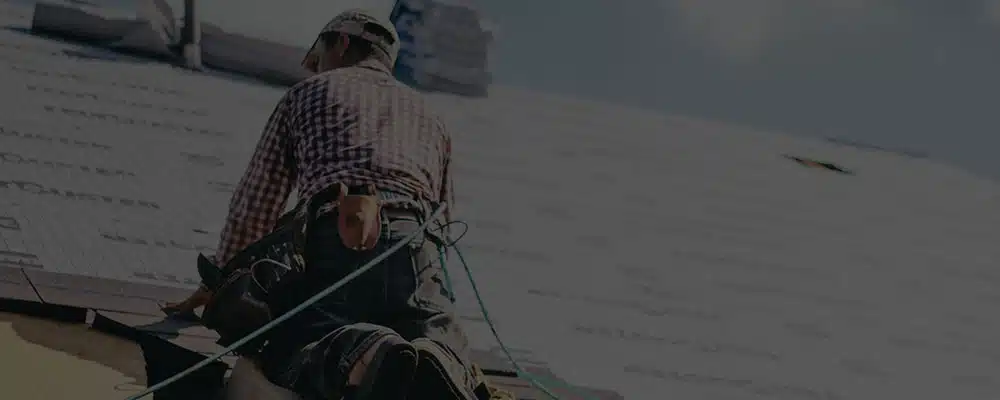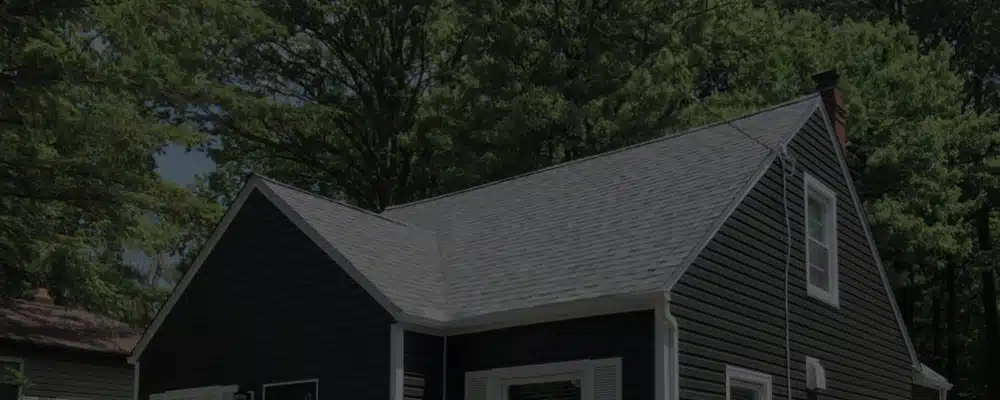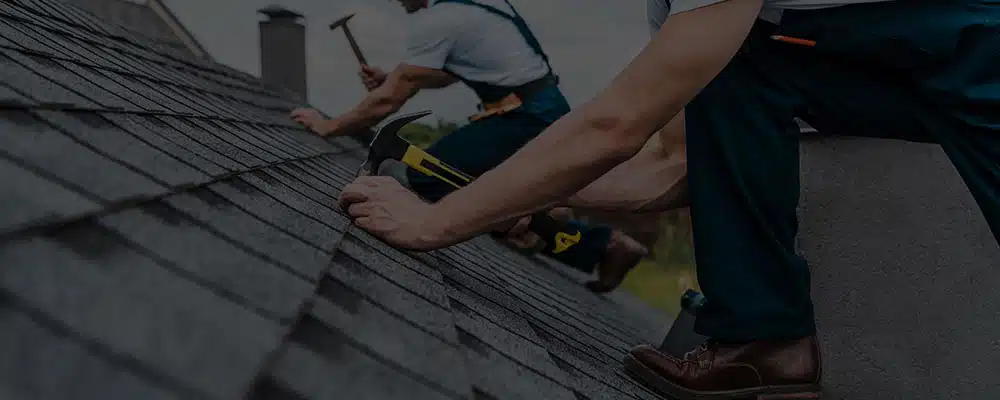When you install a new roof or spend a good amount of money on repairing the roof, you don’t want it to get damaged anytime soon. Therefore, take note of the things that usually cause the most damage to a roof so you can take steps to avoid them or protect your roof from them with the help of roofing companies.
Rain
We know weather is not something anyone can control but it’s a huge cause of roof damage.
All roof materials are made to resist water and protect the roof from water seepage. But some factors can restrict this process and stop water from flowing down from the roof like debris and leaves on the roof and near the gutters. Due to this, water will stand on some parts of the roof and cause erosion to your roof.
This means your roof will be damaged due to the collection of leaves and debris on the roof. So, you should make sure that your roof and gutters are clean. Moreover, make it a habit to check the gutters when you see rain forecast.
Hail
Roof materials are made to withstand the impact made by normal hail because they are flexible enough to handle that impact. However, heavy hailstorms or large hail can cause problems for your roof. Large hail has more force when it impacts the roof so the risk of roof damage increases to a dangerous level. Many roofing materials like slate, wood, and metal shingles can get dented, damaged, or split with hail impact.
When hail bruises, damages, or split the shingles, all the damaged parts become weak spots of your roof. Water can enter the roof and damage the underlayment, sheathing, ceiling, and walls.
Moreover, hail can dent the gutters which can lead to improper drainage of water off the roof. This can cause the same problem that is caused by the obstruction of gutters due to leaves and debris. Standing water on the roof will erode the roofing material.
Additionally, the impact of hail can remove granules from the shingles. Granules are small black spots that are a protective coating on roof shingles. Over time and with frequent hail and other factors, these shingles lose granules and become prone to damage.
Wind
The wind is the common reason for shingles getting blown off. This leads to missing shingles and makes your roof unguarded from rain and other elements. Many roofing materials can withstand a wind speed up to 60 mph, but a speed higher than that can be damaging. Plus, tornadoes, hurricanes, and severe thunderstorms can wreak havoc on roofs.
Moreover, when rain is accompanied by wind, it creates wind-driven rain. It can allow water to infiltrate the roofing shingles. The water inside the roof can cause damage wherever it flows.
On top of that, if your roof was installed recently, the roofing adhesive has not been dried and strong winds or hail strikes it, the damage to the roof can be extreme. So, be sure to install the roof when the weather forecast is sunny so the roofing adhesive dries properly.
Snow And Ice
Snow and ice can damage your roof, but not in the way most people think. Mostly, it’s thought that too much snowfall can overload your roof leading to a collapse, however, it’s rather rare. Because most roofs are built to withstand the weight of snow and places where heavy snowfall is a common occurrence, roofs are made to be even stronger. You should use a roof rake or roof razor for removing snow from the roof. But it’s better to have an expert remove it because it can be dangerous.
A greater danger to your roof is ice dams. Ice dams are formed due to poor attic insulation. When heat from the house in winter escapes from the attic due to ventilation and insulation issues some parts of the roof become warm. Snow on your roof melts and flows to the colder parts of the roof where it freezes again.
This freezing of snow-turned-water is dangerous because it expands and causes damage to the shingles and gutters. Ice dams appear more transparent than snow so if you notice crystallized ice on your roof, consult a roofer. If you delay this, the freezing and thawing of ice will keep damaging the roof. And to avoid this problem, get your roof inspected before winter.
Sun Rays
You may think that rain, snow, wind, and hail are the weather elements that can damage your roof, but sunny days take their part in roof damage as well. Anything that is exposed to the sun for longer periods starts fading and roofs are no exception. Sun rays can fade and dry out the shingles.
Moreover, ultraviolet rays of the sun can damage the outer protective layer of shingles leaving them more susceptible to damage. Water will easily get into the roof and your house’s ceilings and walls. This leads to serious issues.
Also, the heat from the sun during the day and the temperature drop during the night causes the roofing material to contract and expand. When this keeps happening for years, cracks develop in shingles. Once shingles are cracked, leaks and mold growth is inevitable.
To reduce damage from the sun’s rays if you live in a region where the weather is usually sunny and hot, use a roofing material that can withstand extended exposure to UV rays and heat from the sun.
Trees
Trees and plants are good for the environment and appear beautiful, but they can cause problems for your roof. Leaves, needles, and debris from trees can collect on the roof and block water from draining off the roof.
Moreover, trees with larger branches or trees that are close to the house and roof can scrape shingles, especially during wind and storm. This removes the coating of the shingles or causes cracks or damage.
Additionally, many trees produce sap and resin. If they are released on asphalt shingles, they can soften your roof which leads to shortened life of the shingles.
An obvious damage to the roof from trees is fallen trees that can damage the roof to any level. It may be fixed with the replacement of some shingles or the damage is severe enough that the entire roof replacement becomes a necessity.
Algae
In warm and humid conditions, algae can grow on your shingles that appear as darkened spots on the roof. Algae don’t pose a threat to the structure of the roof and the durability of the shingles, but the black streaks on the roof caused by it appear ugly.
If you want to remove algae from the roof, you may have to replace the shingles because it will not only remove the algae but also the black streaks from the roof. You can also consider the installation of shingles with copper coating as this can be lethal for algae.
If you don’t want to replace the shingles and get rid of algae, create a mixture of water and bleach with equal amounts of both items. You will need to spray it on the roof. Be sure to avoid pressure washing because it will only damage the shingles.
Conclusion
There are many things that can damage your roof. Choose a durable roofing material and have the roof inspected before winter by roofing contractors Hudson.




